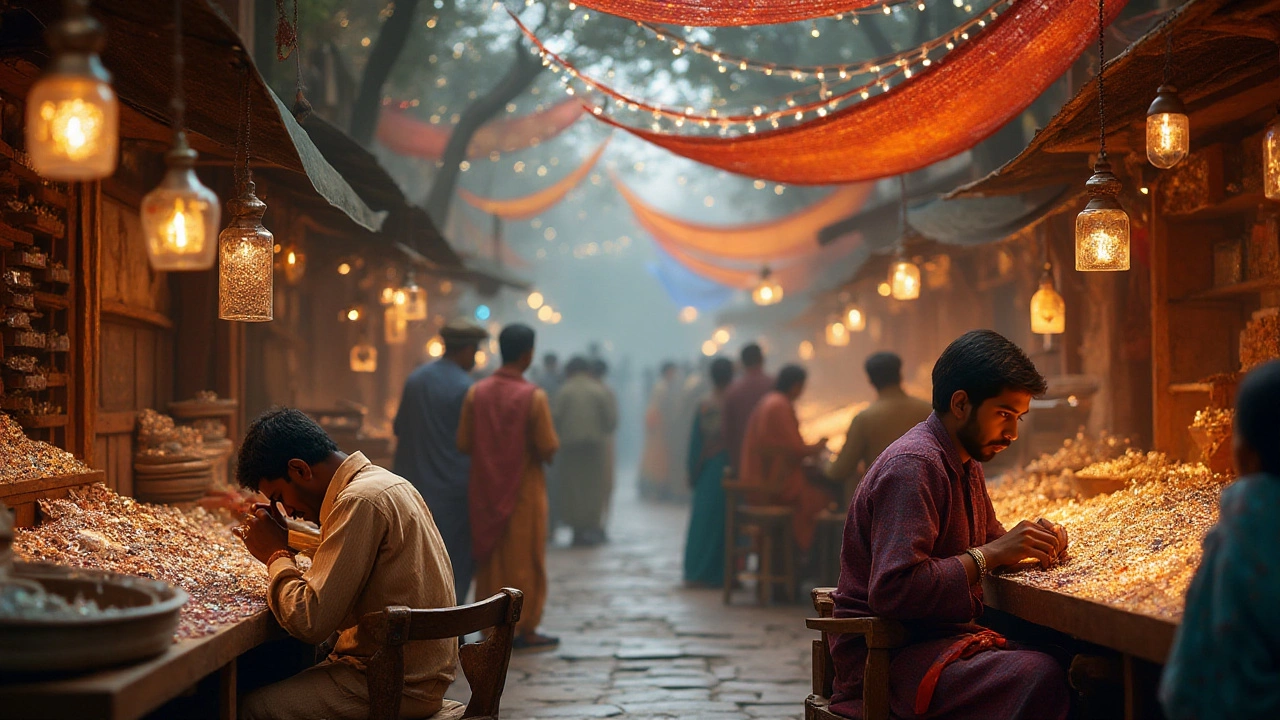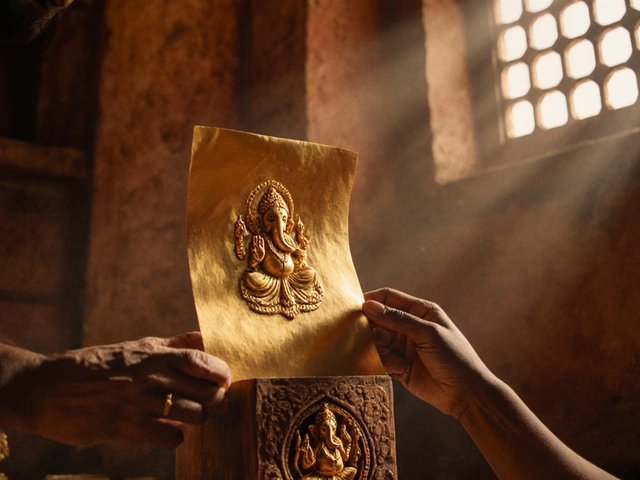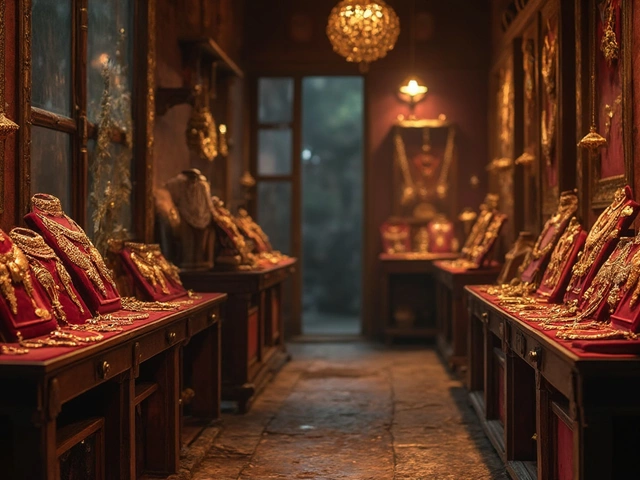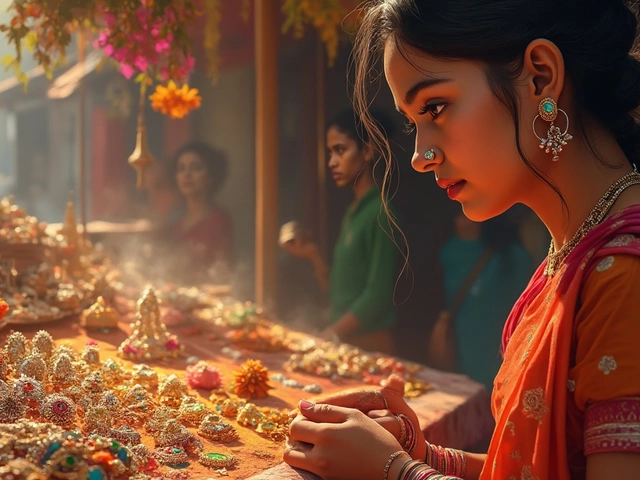India vs USA: What Sets Their Jewelry Worlds Apart
If you’ve ever wondered why a gold necklace feels different in Delhi than in New York, you’re not alone. The two countries share a love for sparkle, but the reasons they buy, wear and value jewelry can’t be compared with a simple math equation. Below we break down the biggest gaps and give you clear steps to shop smart on either side of the globe.
How Culture Shapes What People Wear
In India, jewelry is often tied to family traditions, festivals and even investments. A pair of gold bangles can signal a bride’s status, while a simple silver chain may be a daily family heirloom. In the USA, the focus leans more toward fashion statements and personal style. People might buy a silver pendant because it matches a work outfit, not because it’s an emergency fund.
Because of this, Indian buyers look for hallmark marks, purity stamps and trusted artisans. American shoppers, on the other hand, tend to compare brand names, design trends and warranty policies. Knowing which factor matters most to you helps you choose the right store and the right piece.
Gold Prices: Timing the Purchase
Gold in India is priced in rupees per 10 grams, while in the USA it’s quoted per ounce in dollars. The conversion means the same ounce can cost you more or less depending on the exchange rate and local taxes. A handy trick is to watch the global spot price and then add the country‑specific making charges – about 5‑10% in India and 10‑15% in the US.
If you’re planning a big purchase, the best month to buy gold in India is traditionally October‑November, when demand drops after Diwali. In the US, the post‑holiday period in January often brings better deals as stores clear inventory. Use these windows to lock in lower prices.
Buying Tips for Each Market
In India, always ask for a BIS hallmark certificate and verify the stamp (like 875 for 21K gold). Test the weight and look for uniformity in the design. In the USA, request a certificate of authenticity and check the return policy – most reputable jewelers offer a 30‑day window.
Both markets now offer online verification tools. Indian websites let you scan the hallmark QR code, while many US retailers have virtual try‑on apps. Take advantage of these tech options to avoid counterfeit pieces.
Care and Maintenance Differences
Indian jewelry often endures high humidity and daily wear, so regular polishing with a soft cloth and occasional professional cleaning keeps it bright. American pieces may see more exposure to chlorine or sunscreen, so a quick rinse after swimming and storing in a sealed pouch helps prevent tarnish.
Regardless of where you live, store valuable items in a lockable box and keep an inventory with photos. This simple habit saves time and stress if you ever need insurance claims or resale.
Bottom line: India vs USA isn’t just a geography question – it’s a mindset about why we wear jewelry and how we protect it. By understanding cultural cues, price timing and buying checks, you can enjoy stunning pieces without the headache. Happy shopping!
Comparing Diamond Prices: India vs USA
When it comes to buying diamonds, understanding the price differences between India and the USA can save you a significant amount. This article explores the factors that affect diamond pricing in these two countries, such as local market dynamics, import duties, and craftsmanship. Additionally, we explore some tips on how to make the best purchase decision depending on where you are located. Knowing the advantages and disadvantages of each market will empower consumers to make informed choices.





